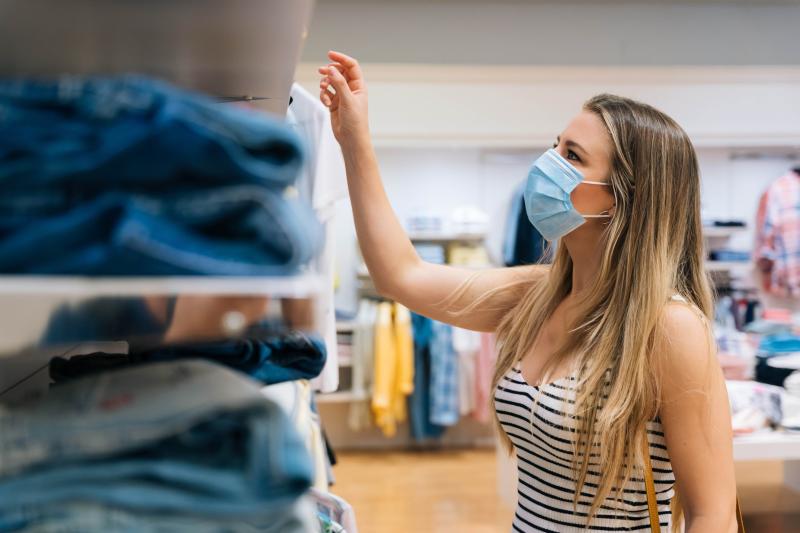Living with COVID: Determining personal risk
Learning to live with COVID as a part of our everyday lives includes understanding how to measure your risk of developing severe COVID-19 disease and taking actions to limit your chances of getting the virus.
“We have to accept things are not the same as they were two years ago,” said Dr. David Torr, a medical health officer with the Saskatchewan Health Authority. “COVID is here to stay.”
First and foremost, your risk depends on your vaccination status, age and health.
Your risk of dying or being hospitalized due to COVID is higher if you are unvaccinated. While contracting and recovering from COVID increases your immunity, this protection is believed to be short-term.
Other factors that increase your risk of severe outcomes include being older or having certain chronic conditions such as cardiovascular disease, hypertension, diabetes, chronic respiratory diseases, cancer, obesity, dementia and compromised immunity. So does being pregnant, which lowers your immunity.
Depending on your personal risk, consider each thing you do based on people, space, time and place.
People: Being around large groups of unvaccinated people can raise the risk of COVID-19 spread. Consider fewer face-to-face meetings when there can be less than two metres from others and socialize with a small, consistent group.
Space: The closer you are to people, the greater your risk whether on public transit or gathering in a crowded living room. You can reduce the risk by keeping two metres between yourself and others, masking and washing your hands. This will also help protect those who are not yet eligible to be vaccinated, who are living in hospitals and long-term care settings, and elderly family members.
Place: Is the activity indoors or out? If the activity is outdoors, well ventilated, and people are physically distanced, then your risk is lower. If the activity is indoors, where spaces may be confined and ventilation is less adequate, precautions such as masking and social distancing become more important.
Layering protections like getting vaccinated and boosted, masking, washing your hands/sanitizing, staying home and self-testing when you have symptoms and self-isolating when you test positive will all reduce your risk (see the Swiss cheese model).
“Be sure to take good care of yourself,” said Torr. “This includes getting enough sleep, maintaining a balanced diet, staying hydrated and keeping warm when outdoors.”
If navigating our new reality is affecting your mental health and well-being, reach out. It’s okay to not be okay. Professional help is available.
More information on assessing your COVID-19 risk is available on the provincial government’s website.



